The BYD Seagull has had its name changed in Europe to BYD Dolphin Surf. While the look is divisive, the little Chinese car is full of good ideas and offers generous features, all for a price that's tight for the market, but still too high for ordinary mortals. This is the whole theme of this hands-on/test: can we really talk about an electric city car?
Test conditions
While offering us the chance to test a car for urban use in the city was a good idea, offering us rush hour in the Parisian streets of Saint-Ouen as a playground was less so. Especially since we only had an hour to form an opinion. So I did my best. While not all the elements could be verified, including the charging speed and real-world autonomy on the highway, the rest, from multimedia to road holding, including traction, comfort, and maneuverability, were put through the wringer.
Our model was a Comfort version, the top of the range priced at 25,880 euros. Rest assured, there is a more affordable version at 19,900 euros until the end of June, then 20,900 euros, but everything is negotiable in life.
Range: three choices, two possibilities
The range is, as is often the case with Asian manufacturers, simple and rich in equipment.
Three finishes, two engines, two batteries and quite a few gadgets.
| Finish | Price | Battery capacity (in kWh) | Power (in hp) |
| Active | 19900€ | 30 | 88 |
| Boost | 23380€ | 30 or 43.2 | 156 |
| Comfort | 25880€ | 43.2 | 156 |
A New Powertrain Format
Where BYD has extraordinary strength is in its ability to innovate. Not by magic, but thanks to the profits generated by the sale of its batteries. These same batteries in which the manufacturer invests several billion dollars each year. All this has resulted not only in the most resistant and durable batteries on the market (the famous Blade), but has also enabled research into powertrains. Here, it is an ultra-compact 8-in-1 system that allows you to maximize the space on board.
Concretely, this 8-in-1 block combines:
- The BMS (Battery Management System): manages the monitoring and protection of the battery;
- The VCU (Vehicle Control Unit): supervises the overall functions of the vehicle;
- The Inverter: Converts the direct current from the battery into alternating current for the engine;
- The PDU (Power Distribution Unit): distributes electrical energy to the various systems of the vehicle;
- The OBC (On-Board Charger): allows the battery to be recharged via an external source;
- The AC/DC converter (and not the music group): converts the high voltage battery voltage into low voltage for the accessories;
- The Electric Motor: provides motive power to the vehicle;
- Reducer (Transmission): Transmits engine power to the wheels with a fixed gear ratio;
Main Features
- Battery capacity of 30 or 43.2 kWh depending on the trim
- DC charging power of 65 kW
- Charging power in AC: 11 kW
- Engine power of 88 or 156 hp depending on the finish (and in relation to the battery capacity)
- 0-100 km/h in 11.1 s for the 156 hp
- Length: 3.99 m
- Width: 1.72 m
- Height: 1.59 m
- Wheelbase: 2.50 m
- Weight: 1294 to 1390 kg depending on the battery capacity
- Vehicle warranty: 6 years
- Engine and battery warranty: 8 years
- V2L function
- Rear view camera or 360° depending on the finish
- NFC keyless access via smartphone app
- Adaptive cruise control speed
- 308 L trunk
- Maximum speed: 150 km/h
Exterior design: a super deformed version of the Lamborghini Urus and some good ideas
If the Spring left people cold, the BYD Dolphin Surf is divisive. We like its little face of a Motorized Pikachu cut out for the small streets and Parisian parking lots. Or, on the contrary, we see a sort of Lamborghini Urus Wish put in a 90°C machine. It depends and personally, I find it amusing, a bit like the first Twingo in the summer when it was released, but the comparison ends there, because we are far from the modularity of a Hyundai Inster.
Regarding the practical side, in addition to the rear door handles accessible to children, the little Chinese chip offers a ride height that facilitates access on board. The trunk sill is also low for an electric car of this size, and the trunk is deep.
On the other hand, the beltline is very high, especially at the rear, which reduces visibility in the rear seats to a minimum. Too bad, but it's the price to pay to pass the crash tests. The design stands out in the city, especially in yellow. But you have to get hooked on this particular, pseudo-sporty line, with this spoiler that extends towards the rear.
Interior design: provided but without real harmony
The first thing that strikes you is the plethora of equipment of this Comfort trim. The imitation leather upholstery, the central rotating screen, the electric and heated seats for the driver and passenger.
The center console is well designed, but this break after the induction charger leaves no room to slip your fingers in. You will have to use the space underneath to reach the available USB-C and USB-A ports. This space is welcome for storing a handbag away from prying eyes and snatching.
The seat is comfortable and doesn't feel cheap. The plastics, however, aren't the most pleasant to the touch. The screen that serves as a speedometer is easy to read, despite some reflections. The steering wheel is full of buttons, the left side of which is dedicated to driving aids, activating the 360° camera, and rotating the screen (we'll come back to that). The right side is used to manage the display, music, voice commands, and calls. The small dial was quite loose, honestly. The buttons respond well, but lack resistance: it's soft.
In the back, the seats are very reclined to scratch a little of the feeling of space. Space, precisely, let's talk about it. The legroom is limited, which is logical for a car of this size, but a shame for a vehicle that requires a minimum of 20,000 euros. By adjusting the seat for 1.80m in the front (and I drive a bit stretched out), I was able to fit in the back without having to force it, but not without feeling cramped. We'll see if we can use a car seat. But the two rear seats will only serve as a backup.
Physical cylindrical buttons are placed under the rotating central screen. They are fun to use and offer two separate controls for adjusting the air conditioning, which is one of the worst I've tried since the Leapmotor T03. But we'll come back to that later. They are also used to change gears and put you in Park mode (which is automatically activated when you remove your seatbelt while stationary).
The sound isn't exceptional at all. The sound leans toward the treble, lacking roundness, mids, and bass. But by playing with the equalizer, you can rectify this a bit. There's a karaoke mode, but my singing talent overshadowed the speaker quality issue.
The center console serves as a non-adjustable armrest. It's at a good height and was very useful for waiting long minutes stuck in traffic.
While it doesn't offer the most modular or spacious interior, the BYD Dolphin Surf gives you value for your money, and that's important.
Infotainment system and ergonomics: like a Chinese smartphone
The multimedia system is really not up to scratch. Nothing is right: the menus are dense, filled with submenus, and this interface, worthy of a 2015 Huawei smartphone, is a big NO.
Besides the tiny icons that are unreadable when driving, the virtual cursors galore symbolize the worst idea in terms of user interface.
By the way, this 10-inch central tablet with enormous edges is indeed capable of rotating to offer a portrait mode display. But it's impossible to benefit from it under Android Auto or Apple Car Play (which also work wirelessly). So there's little chance that you'll actually use it.
But the prize goes to the temperature adjustment. This BYD Dolphin Surf offers virtual manual air conditioning! Like the Leapmotor T03. Rather than indicating your temperature, you'll have to play with this imprecise virtual cursor. Frankly, even by shifting it a notch, you'll sometimes be very hot and sometimes very cold. It's a challenge!
Let's end on a positive note: the Dolphin Surf has a rather well-designed and fairly responsive route planner that can be read in vertical mode.
And the 360° camera is excellent, although dispensable on a car with non-existent overhangs and such proportions.
To summarize: the menus, although complete, are outdated, both technically and aesthetically. Fortunately, Android Auto and Carplay will relegate them to occasional use.
Driving: not bad, but still that traction problem
The BYD Dolphin Surf doesn't do too badly for an electric vehicle in this category. Much better than a Dacia Spring (the worst of all) or a Leapmotor T03 (horrible), it almost matches the Citroën ë-C3 in road handling. However, of the 3 modes (Eco, Normal, Sport), only the first two are worth it. The third, "Sport", sends too much torque (220 Nm all the same) from the start, which allows you to smoke the tires without moving forward. Especially on wet ground.
The steering is adjustable, as is the brake assist. Comfort or sport. I honestly didn't notice any big differences. Sport mode makes the steering slightly heavier. I preferred it, but it's different for everyone.
The regenerative braking has two levels, and neither is sufficient. There's no One Pedal either (a shame). But the brake pedal provides a decent feel. The braking, overall, is excellent, and the Hancook Ion tires certainly contribute to that.
In the city, the tiny turning radius allows you to make a U-turn in a handkerchief. It's the very essence of a "city car".
Accelerations are sharp, even in Eco mode, and allow you to slip in with ease.
When cornering, the car rolls a little and leans heavily on its small wheels. Nothing dangerous, but as for the pleasant side, we'll pass.
Autonomy: too little to judge
With a consumption figure of 16.5 kWh/100 km in traffic, with the air conditioning, it is impossible to draw any conclusions. You'll have to ask for a test drive lasting several days and experience more challenging journeys than the visit to Saint-Ouen.
At first glance, this little city car seems rather fuel-hungry, since it has the same fuel consumption as a Model 3 and a Renault R5 E-Tech.
The same goes for charging, which will require at least two large, quick charges in a row to assess the battery's temperature resistance.
Verdict: an electric city car? yes, but...
Let's put the Gaming PC back at the center of the office: a city car is, initially, a more affordable vehicle, whose reduced size allows it to be parked in small spaces.
At no point is there any question of a vehicle confined to the city for its autonomy. The electric car has misused the term. But as a reminder, the city no longer wants cars on its streets (if it ever wanted them). So making electric cars whose autonomy drastically restricts their scope of action does not define a city car.
Clearly, BYD has succeeded in the test, with a frugal car, intelligently designed and whose engine and general system optimize performance and consumption to the maximum. But its highway capabilities would still need to be tested.
For the rest, the BYD suffers from a few software-related flaws. For the rest, it combines several advantages, offers good roominess, extensive equipment, and a certain manufacturing quality.

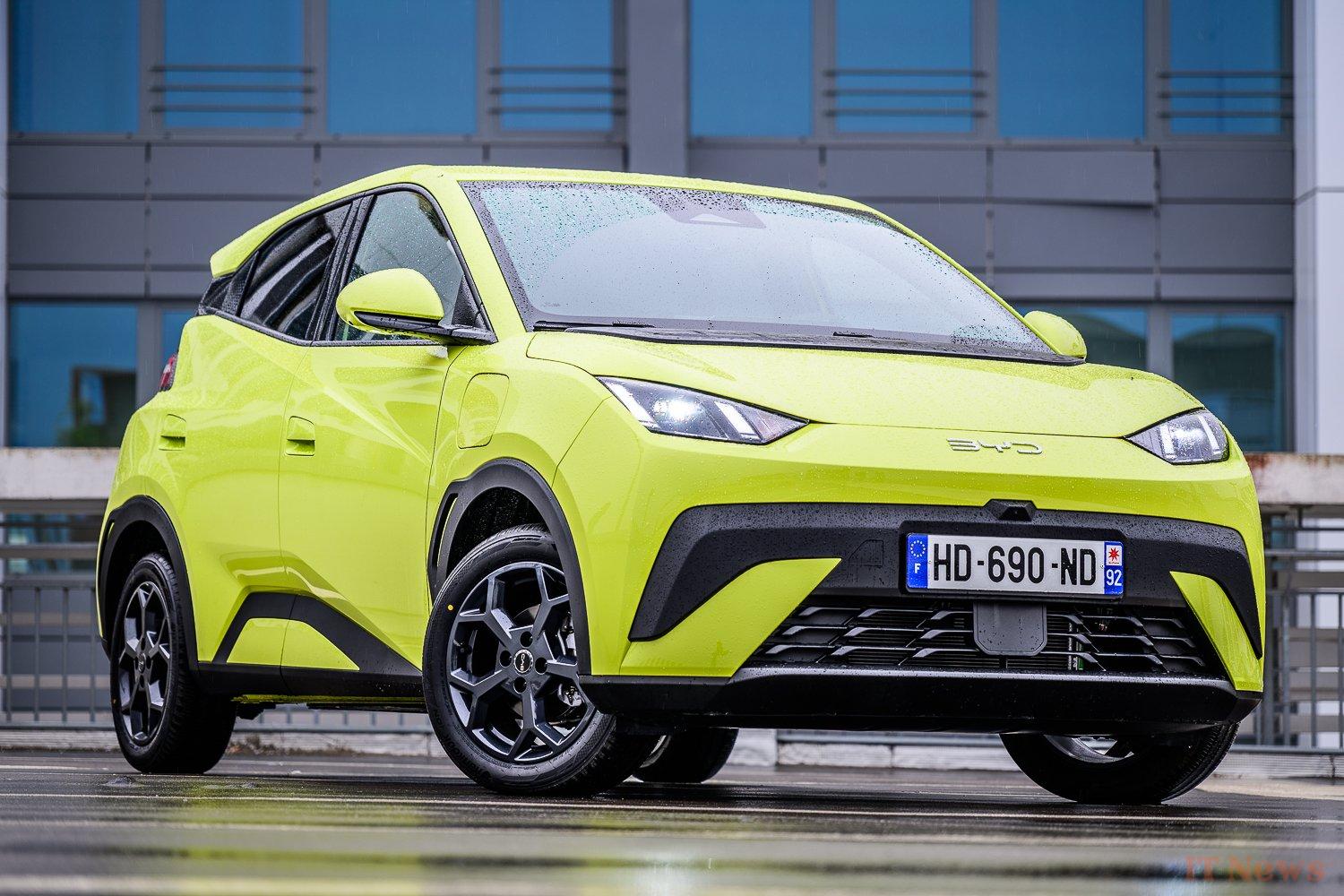
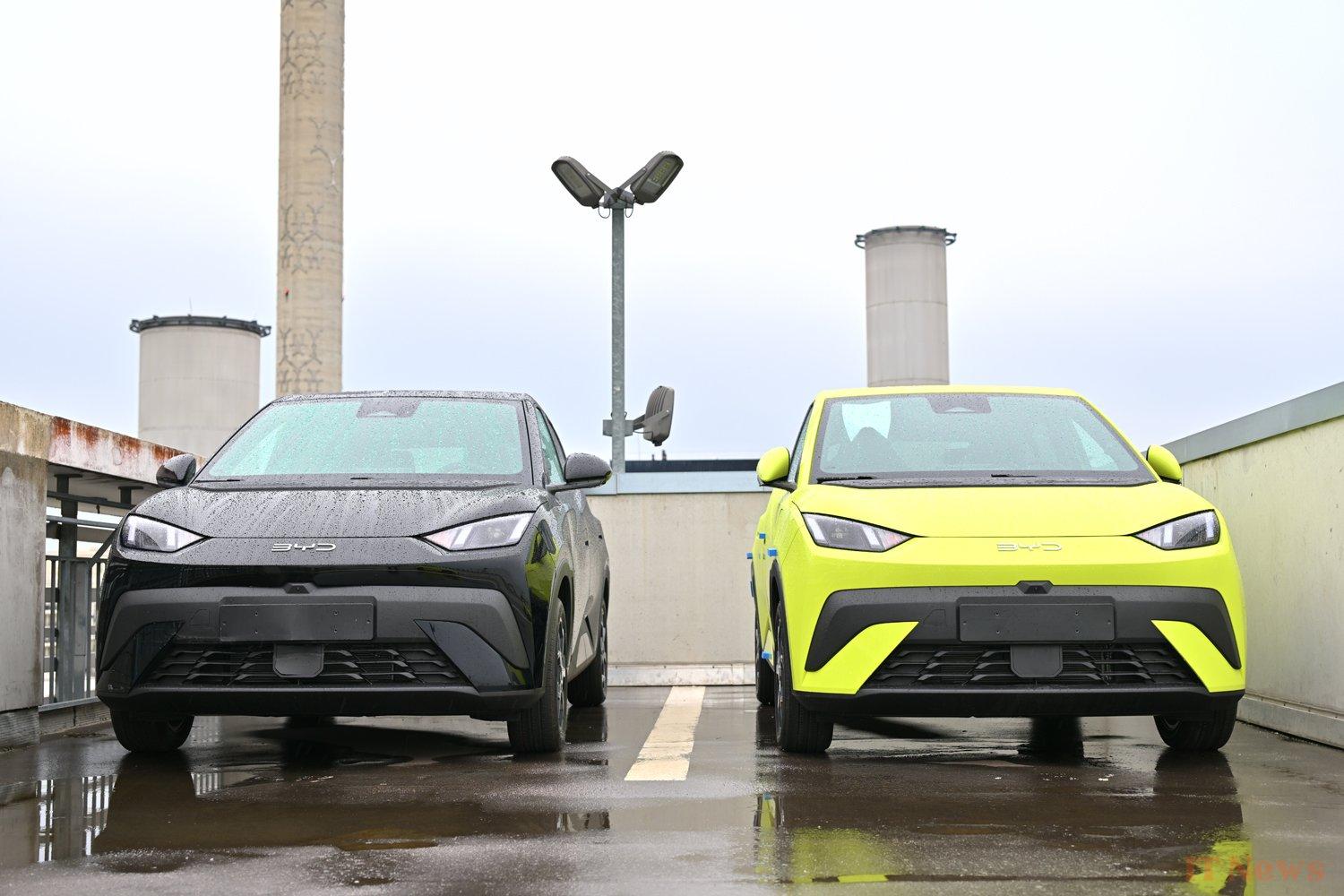
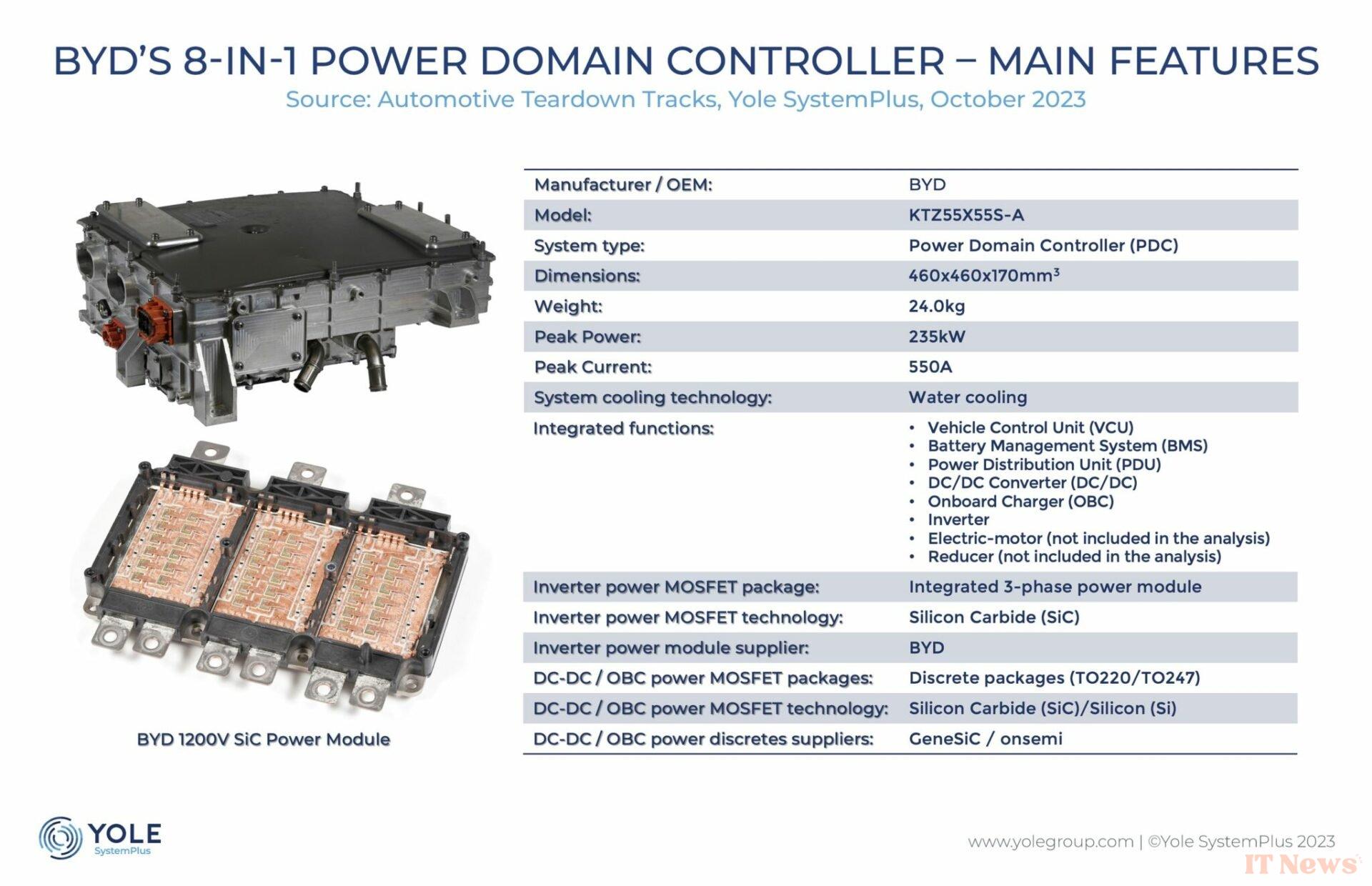
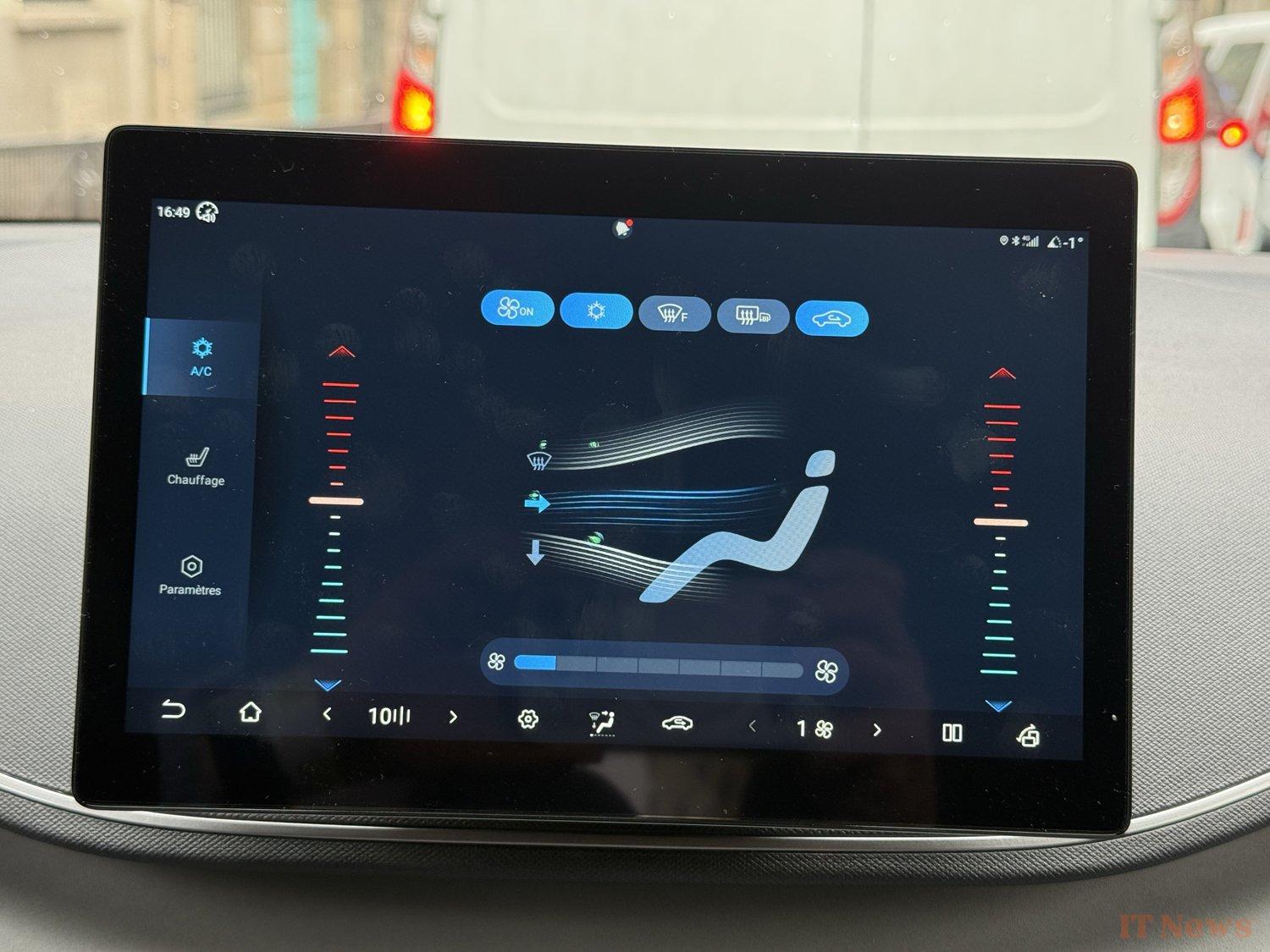
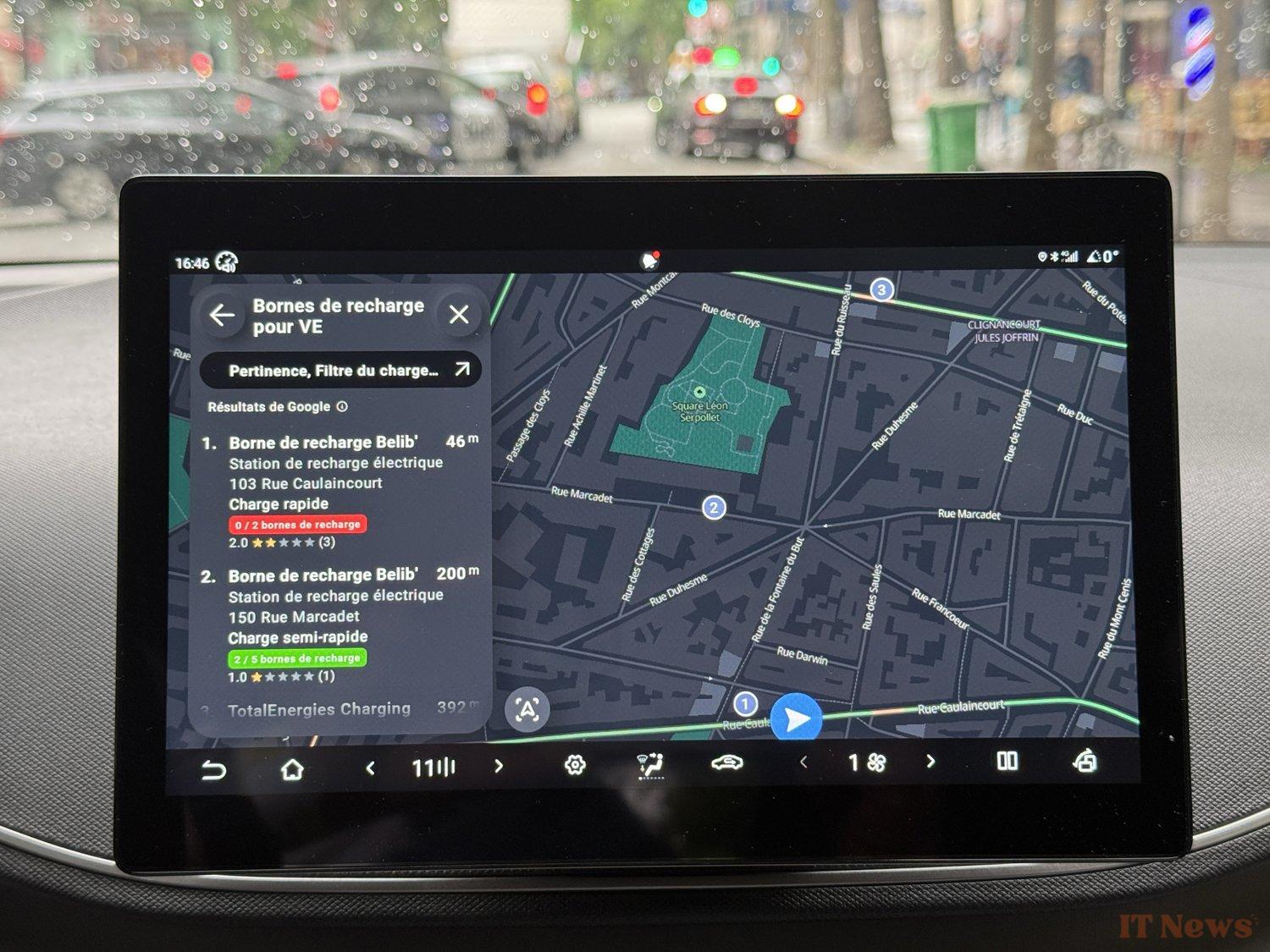
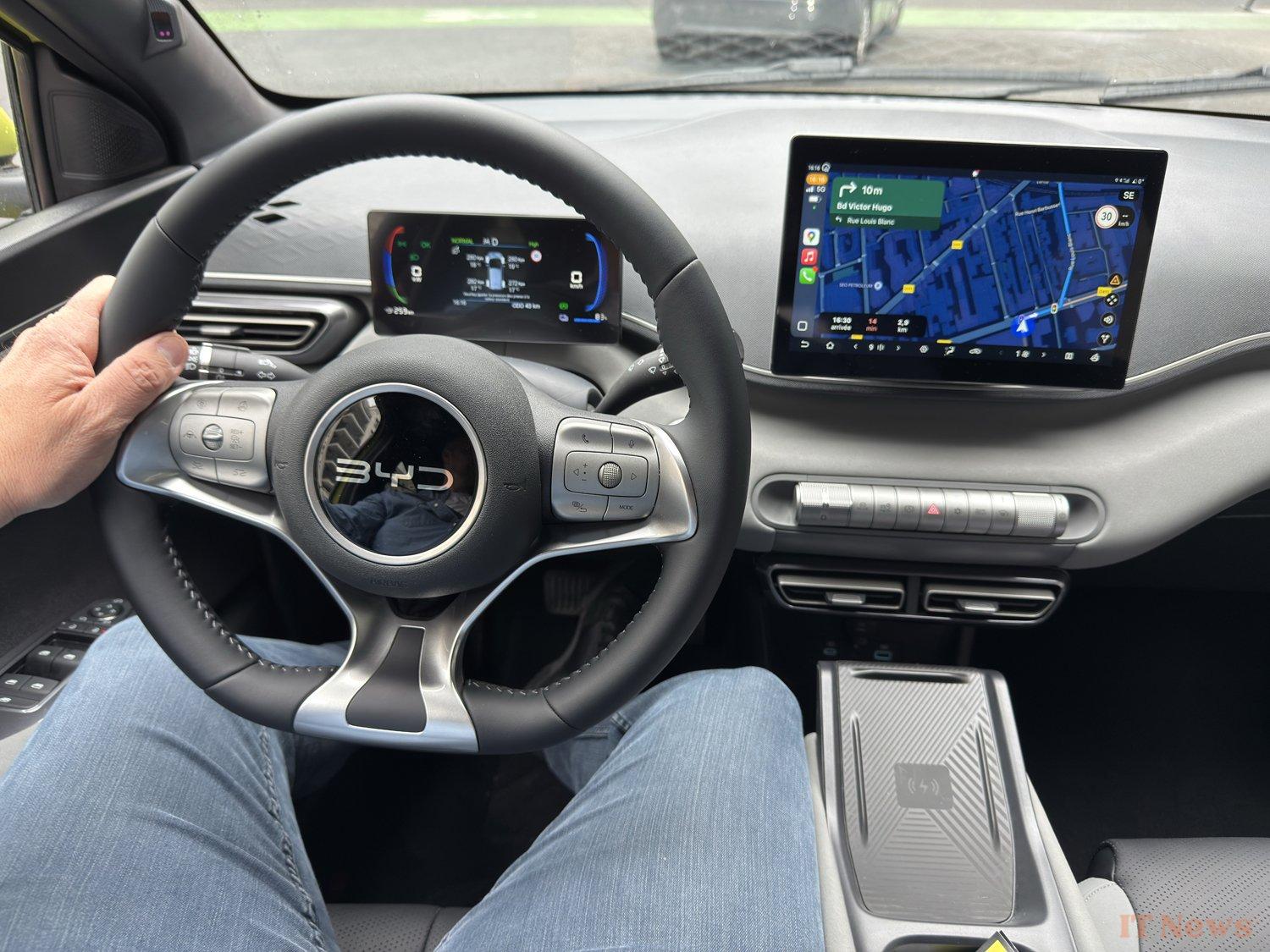
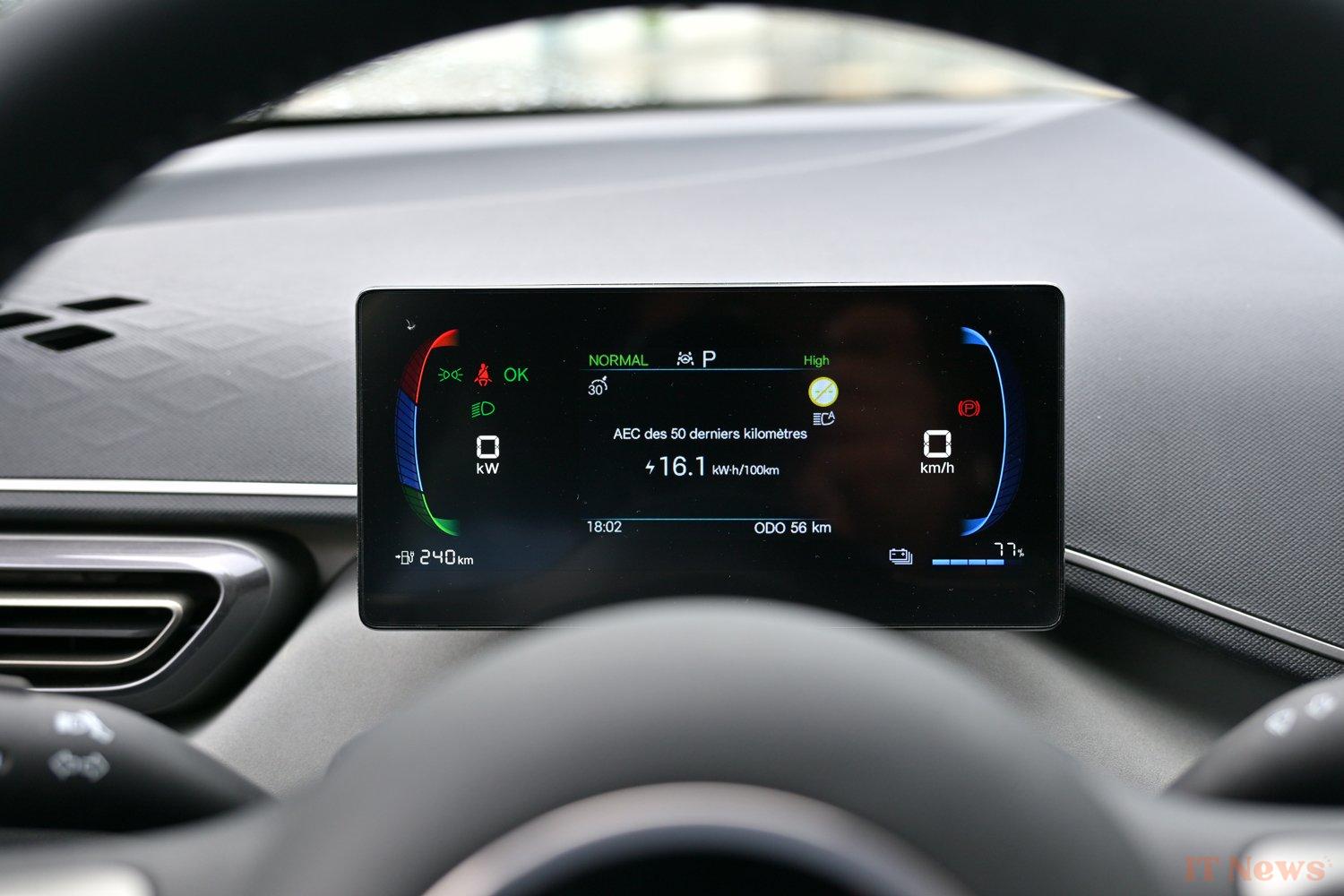
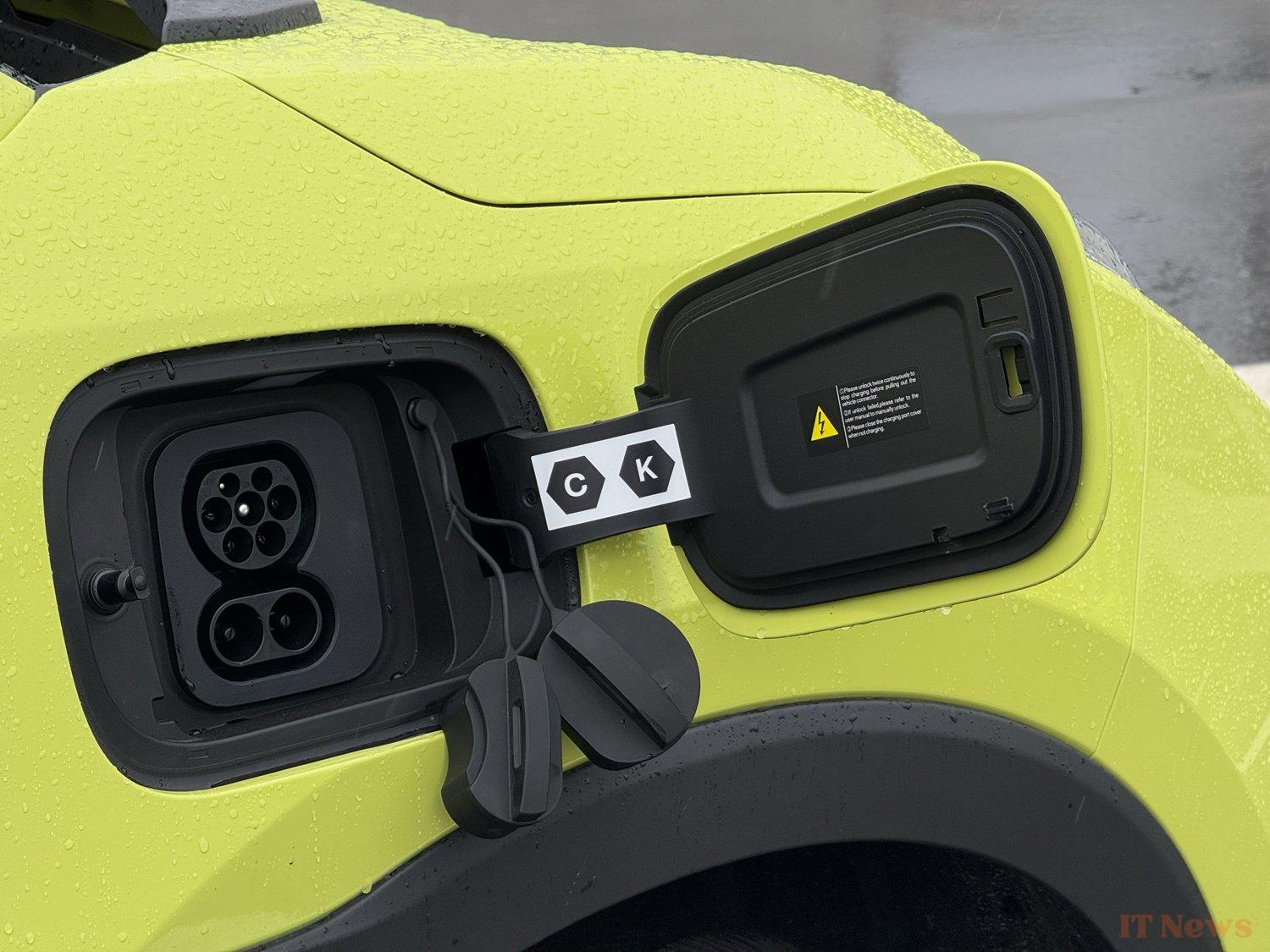


0 Comments